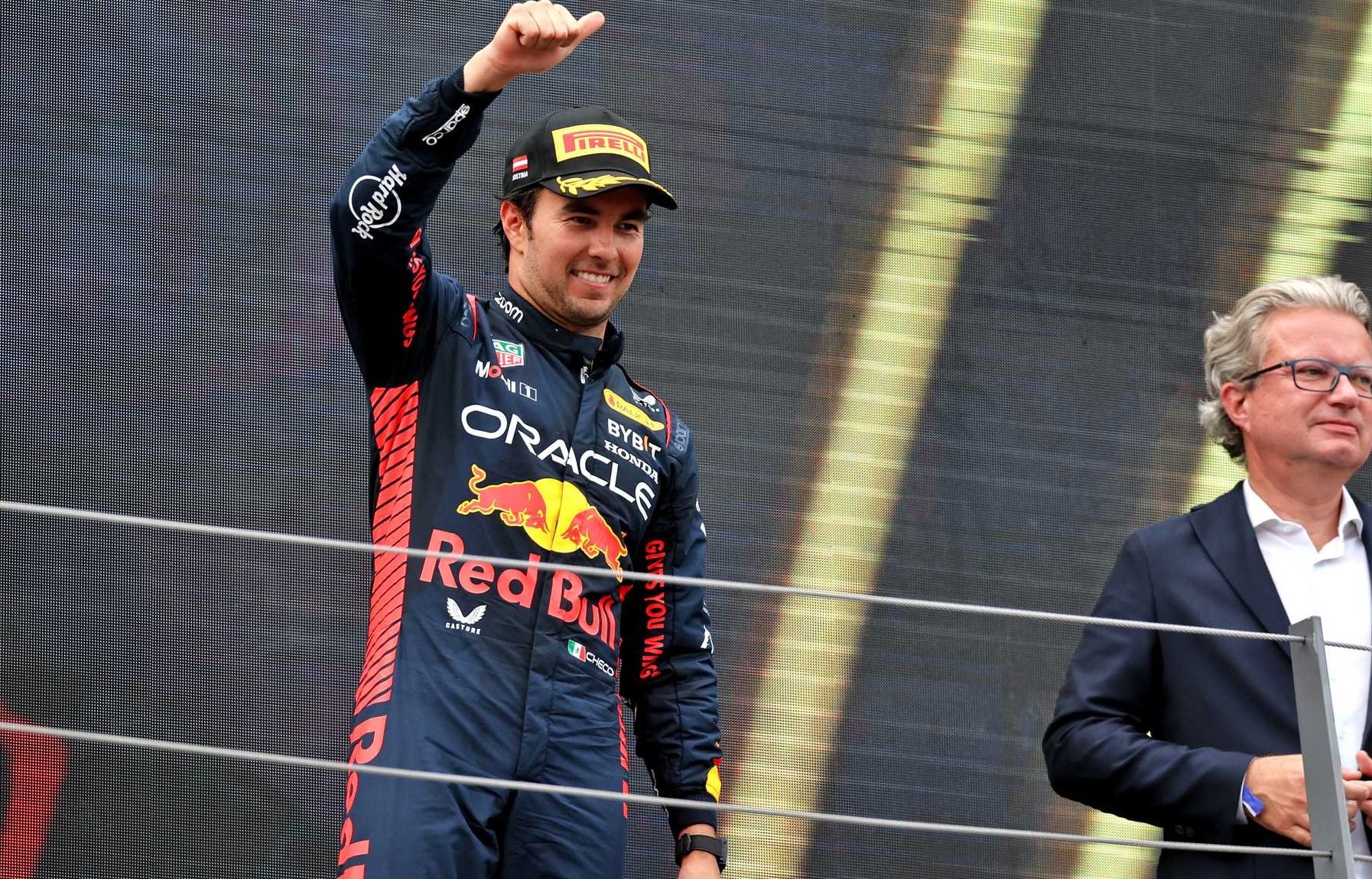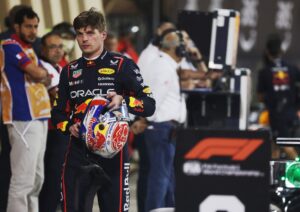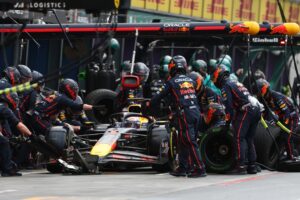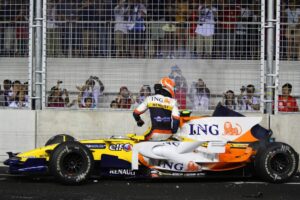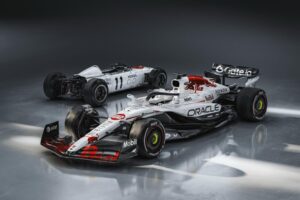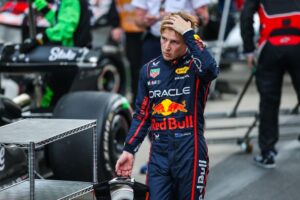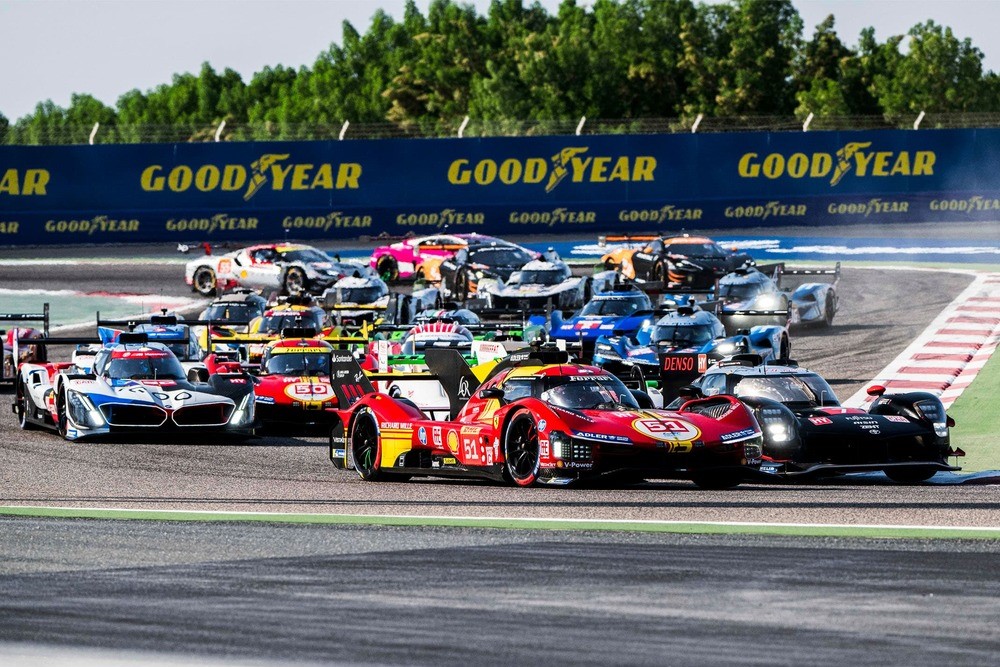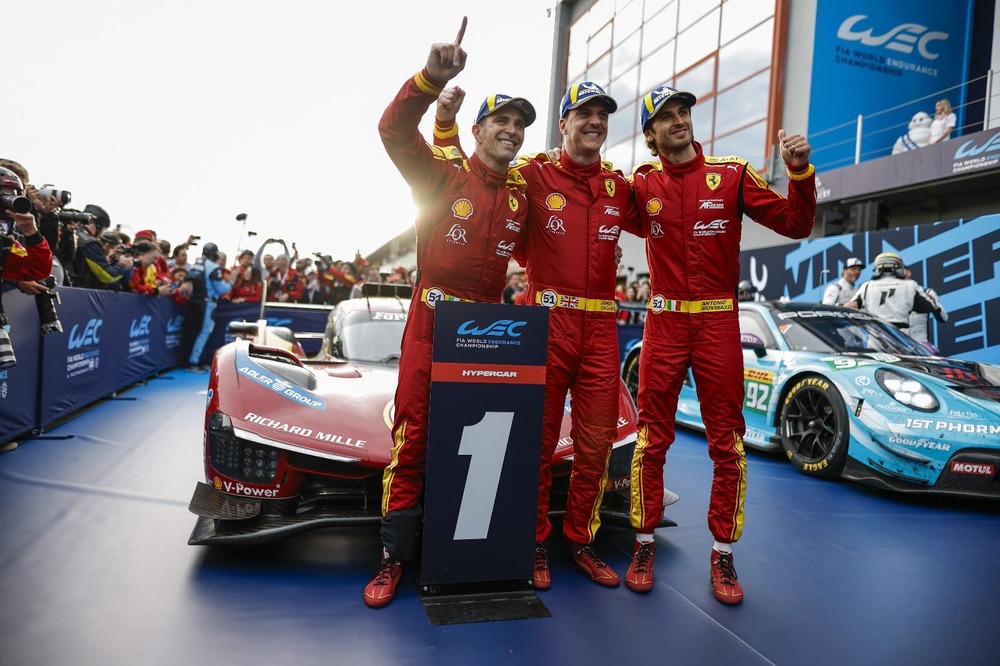Max Verstappen has launched a harsh attack on the 2026 F1 regulations for Formula 1 saying Red Bull’s interpretation “looks very bad.”
This comes after Red Bull Racing team boss Christian Horner expressed concerns regarding the proposed 2026 chassis and engine regulations earlier in the Austrian Grand Prix weekend.
In August of last year, the proposed 2026 F1 regulations were approved committing F1 to a balanced combustion and electrical power output ratio of 50%, eliminating the complicated MGU-H and upgrading the MGU-K.
The huge battery capacity, cooling requirements and “the need for active aero and the challenges that will bring to balance the weight and drag levels, according to Horner, are all factors that the rules ask for too much for the car chassis to handle.
Horner is advocating for a reduction in the electrical output of the 2026 engine regulations, and one of his particular concerns is that the regulations will force drivers to downshift on the straights to recharge their batteries, something Verstappen pointed out after winning the Austrian GP.
Verstappen claimed that after talking to the team, looking into the data and Red Bull’s simulations, it appears to be a really bad idea and that at Monza which is one of F1’s most power-sensitive tracks, downshifting when traveling at full speed 400–500 meters before the end of the straight is necessary since it is faster.
“That’s not the way forward,” Verstappen said. “It looks like it’s going to be an ICE competition. So, whoever has the strongest engine will have a big benefit.
“But I don’t think that should be the intention of Formula 1, because then you will start a massive development war again, and it will become quite expensive to find a few horsepower here and there.
“It should be the opposite. Plus, the cars probably have a lot less drag so it will be even harder to overtake on the straight.
“Then you have the active aerodynamics, which you [the driver] can’t control, the system will control it for you. It makes it very awkward to drive because I prefer to control it myself.
“Of course, when you are behind someone maybe you need more front or more rear, this kind of thing,” he added. “If the system starts to control that for you, I don’t think that’s the right way forward.
“Plus the weight is going up again. So, yeah, we have to seriously look at this, because ’26 is not that far away.
“It looks very bad, from all the numbers and what I see from the data already. It’s not something I am very excited about at the moment.”
Although some of Red Bull’s rivals have hinted that Horner’s concerns are not shared by others, it is thought that he has been pushing this argument in private during F1 Commission meetings.
One logical reason for Red Bull’s unrelenting resistance to the 2026 F1 regulations, which has now been publicly stated by the boss of the team and reigning world champion, is that the development of the outfit’s first F1 engine is not going smoothly.
Red Bull has established a new engine section to create its own F1 engines for the first time, and Ford has been brought on board as a partner. However, some have questioned if this is truly a technical alliance or more of a business one.
Toto Wolff, the Mercedes team boss even went so far as to imply that Horner’s comments may have been motivated by his “fear” that Red Bull’s engine won’t be competitive. However, Horner has defended his position saying that Wolff is just focused on self-performance while his interest is actually about the sport rather than self-gain.
“It’s still way too early to say who’s going to have a competitive car or uncompetitive engine in 2026,” Wolff said. “For me, the most important thing is to, from the sport’s point of view that we all have a collective responsibility to work with the FIA and the commercial rights holder to ensure that the product is as good as it can be.
While the agreed electrical/combustion power mix was a major component in attracting Audi, Honda and Red Bull’s own partner Ford to Formula 1 for the next generation of cars, Horner is still fighting it.
“Otherwise, we’ve all failed,” Horner responded. “But the regulations are a hybrid of what was originally intended. And of course, it’s only as you work through a set of regulations that you find out where their limitations are.
“The FIA are being very responsible in terms of doing their due diligence and I think certain teams share very similar opinions to that of our own.”
Horner’s worries that the engine and chassis regulations have been established too independently and need closer development have been dismissed by some senior individuals, despite the fact that they believe it reflects a portion of the 2026 F1 regulations that could potentially cause issues.
The fact that teams and manufacturers have more than two years to make improvements to their products, however, means that it is not as dramatic as it is made up to be.


